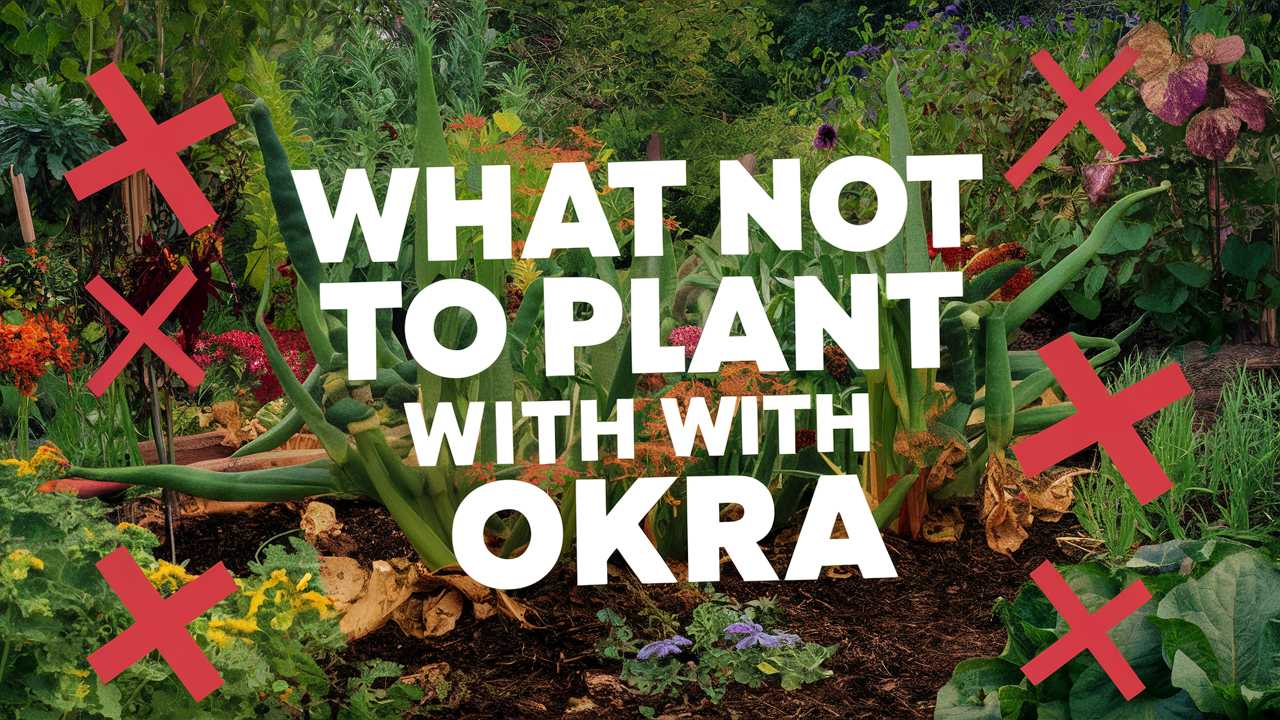To ensure a bountiful harvest, it’s essential to be mindful of what you plant alongside okra. In this blog post, we will explore some of the plants that shouldn’t share garden space with okra and discuss the reasons why they may hinder each other’s growth.
Cucumbers
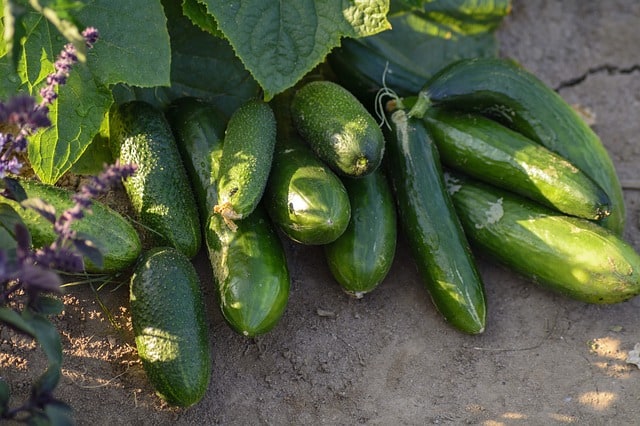
Cucumbers and okra may seem like they could happily coexist in the garden, but planting them together can lead to potential complications. The primary issues arise from their differing growth habits and water requirements.
Cucumbers are sprawling vines that require ample moisture and consistent watering. They tend to develop a sprawling, extensive root system that can compete directly with okra’s roots for nutrients and water. This competition often results in stunted growth for one or both plants. Additionally, cucumbers thrive in cooler temperatures, especially during the night, while okra loves the heat. This preference for different temperature ranges means planting them together may lead to suboptimal growing conditions for both plants.
From a pest and disease perspective, cucumbers are also prone to several issues, such as powdery mildew and cucumber beetles. These pests can easily spread to nearby plants, including okra, which may weaken the plants further. In essence, it’s best to keep cucumbers and okra apart to avoid competition for resources and to limit exposure to diseases.
Squash
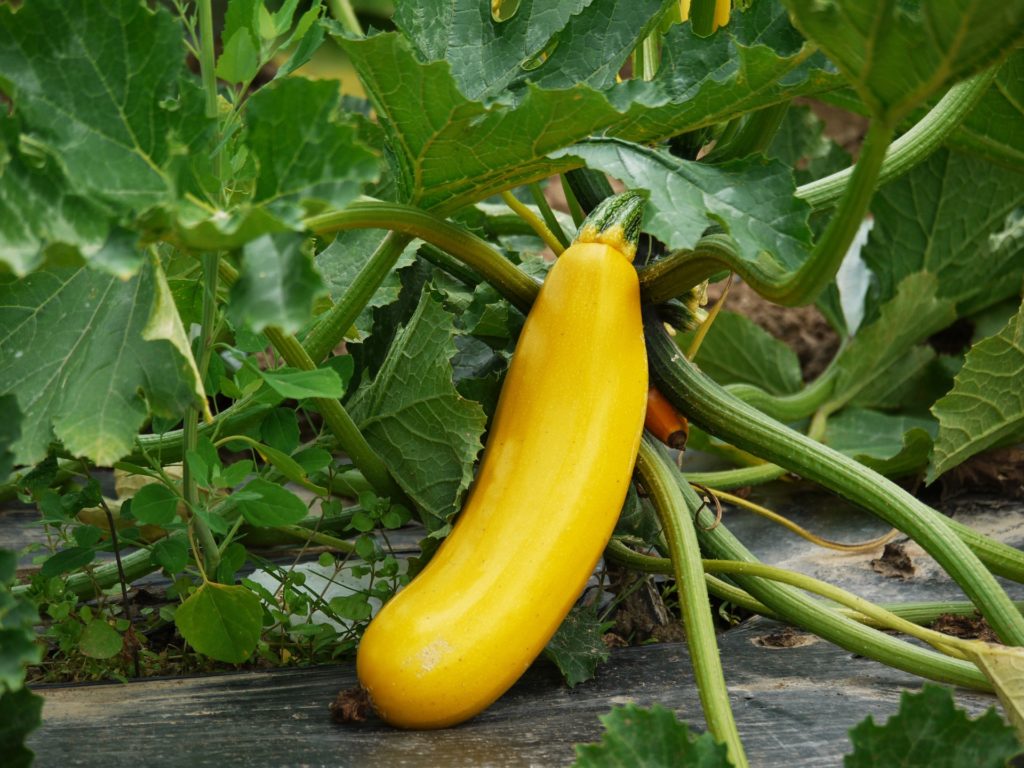
Much like cucumbers, squashes—which include varieties like zucchini and yellow squash—should not be grown alongside okra. The main concerns here are similar: competition for resources and susceptibility to shared pests and diseases.
Squash plants are known for their large foliage and sprawling growth habit. They require considerable amounts of nutrients and moisture. When planted next to okra, which also has a robust root system, these two can easily end up competing for soil nutrients and water. This can lead to reduced yields for both crops, as neither plant will be able to access the resources it needs fully.
Moreover, squash is particularly susceptible to squash bugs and vine borers, pests that can effectively decimate squash crops. If these pests invade, they can spread to nearby okra, negatively affecting its health as well. To maximize yield and maintain healthy plants, it’s best to plant squash and okra in separate areas of your garden.
Fennel
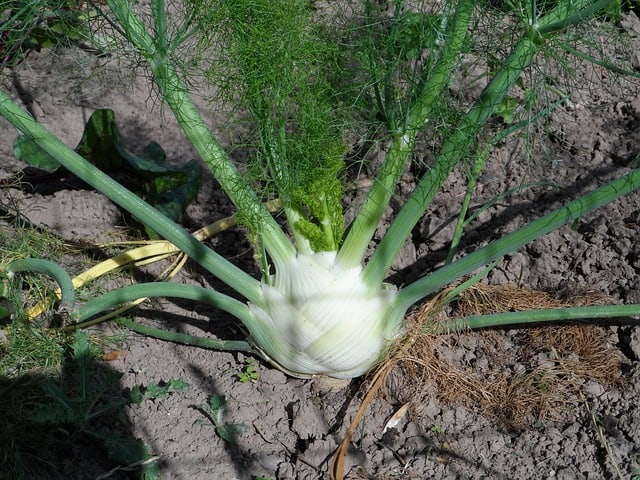
Fennel (Foeniculum vulgare) is a flavorful herb, but its strong allelopathic properties suggest it is best kept isolated from other garden plants. Allelopathy is a natural method of chemical warfare among plants; many release compounds into the soil that can inhibit the growth of neighboring species.
When grown near okra, fennel can stunt its growth or inhibit its ability to flourish. The chemical compounds released by fennel not only affect okra but could also hinder the growth of other plants in its vicinity. Fennel is also a perennial herb, which means it can self-sow and spread its influence year after year, creating long-term challenges in managing what you plant nearby.
Moreover, fennel attracts beneficial insects such as ladybugs, which are great for pest control, but it could also attract some pests that could become problematic for okra. This adds an additional layer of complexity to growing these two plants together. To avoid limiting your okra yield and enjoying a healthy growth cycle, it’s advisable to plant fennel away from okra.
Brassicas
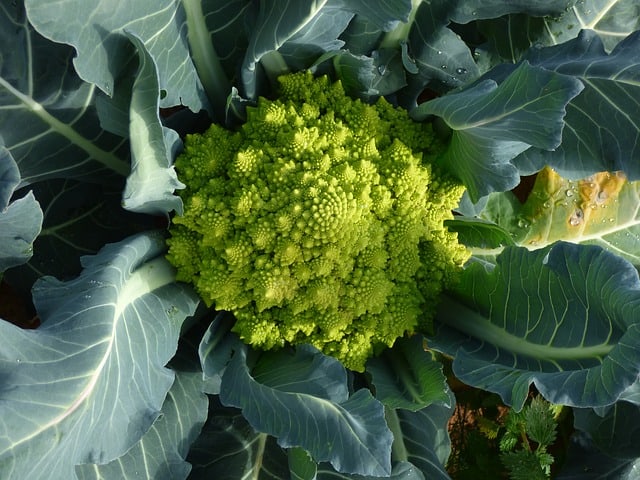
Brassicas encompass a large family of vegetables, including broccoli, cauliflower, kale, and cabbage. While these are excellent crops for the garden in their own right, they don’t pair well with okra. The primary reason for this is the heavy nutrient demand both families impose on soil.
Brassicas are usually classified as heavy feeders, meaning they require a significant amount of nitrogen and other nutrients to thrive. Okra also demands rich soil, and planting these two together will likely result in nutrient competition. When crops compete for nutrients, the yields for both types of plants can be negatively affected.
Additionally, brassicas require cooler temperatures than okra. This climatic mismatch can lead to suboptimal growth conditions for both. Brussels sprouts, for instance, need longer growing seasons in cooler weather, which doesn’t align well with okra’s hot-weather preference.
Moreover, pests like aphids and cabbage worms are attracted to brassicas and can easily find their way to any nearby okra plants. This could result in infestations that damage both crops. Therefore, to ensure healthy harvests, it’s best to plant brassicas away from okra.
Peppers

When considering the right companions for okra, peppers (Capsicum spp.) may come to mind due to their popularity in gardens. However, combining these two plants can lead to challenges primarily tied to water and nutrient requirements.
Peppers, particularly hot varieties, thrive in similar warm climates as okra; however, they require highly consistent and moist soil. Okra, on the other hand, prefers slightly drier conditions than pepper plants. This can lead to conflicts over water. In a garden without ample space or resource management, both plants may suffer due to inconsistent watering habits.
Moreover, both okra and peppers can attract similar pests, including aphids and spider mites. When planted in proximity, pest populations can quickly double, leading to extensive damage to both crops. Therefore, to ensure steady growth and harvest, you may want to keep these plants separate.
Tomatoes
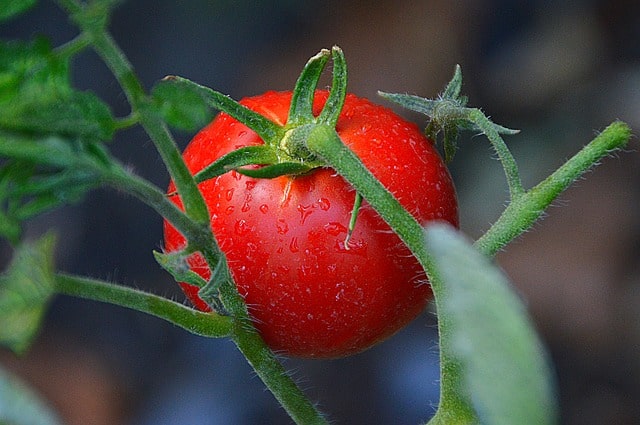
The relationship between tomatoes (Solanum lycopersicum) and okra is another case of compelling growth requirements that make them poor companions. While both are commonly grown in warm climates, they have different needs that create friction when planted side by side.
Tomatoes are often susceptible to diseases such as blight and blossom end rot, which can impact plants growing nearby. When okra is planted close to tomatoes, these disease pressures can easily transfer between the two, weakening both crops. Additionally, tomatoes typically require more water than okra, leading to competition for moisture in the soil.
A significant concern with planting tomatoes near okra is the risk of root nematodes. Tomato plants can suffer from nematodes, tiny worms in the soil that attack root systems. If nematodes are present in the soil, they can negatively impact okra’s health as well, leading to poor growth and reduced yields. For these reasons, it’s best to plant tomatoes away from okra to minimize disease risks and competition.
Sweet Potatoes
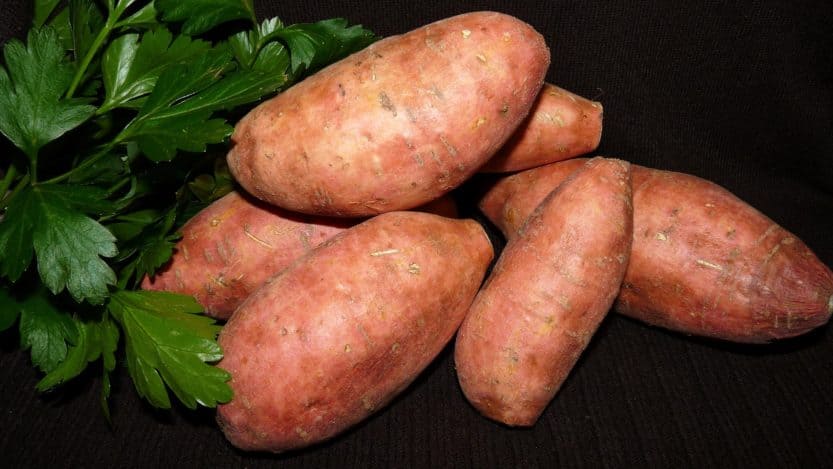
Sweet potatoes (Ipomoea batatas) are another warm-weather staple that gardeners may want to grow alongside okra. However, their similar growth patterns and resource demands make it inexpedient to plant them together.
Like okra, sweet potatoes have sprawling vines that can cover substantial ground, which could lead to competition for sunlight and space. Planting these two crops in close proximity can lead to overcrowding, ultimately impacting yields. Additionally, both plants require ample amounts of nutrients, which could lead to a nutrient deficiency if grown side by side.
Sweet potatoes are also susceptible to certain diseases and pests, particularly root-knot nematodes. Nematode pressure can easily spread to okra if these two plants share garden space, resulting in declines in growth for both species. Therefore, it may be beneficial to designate specific areas for sweet potatoes that do not interfere with the growth of okra.
Eggplant
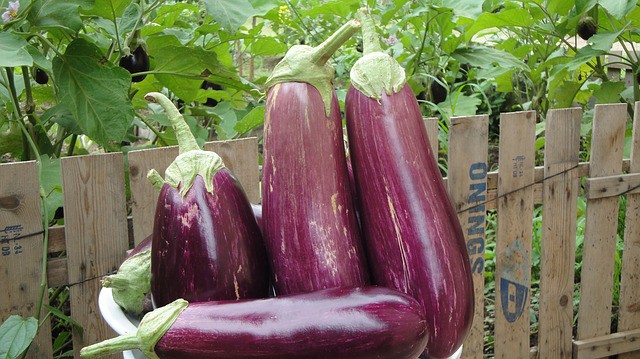
Lastly, while eggplant (Solanum melongena) is often a staple in warm-weather gardens, it is better to keep it separate from okra. Both belong to the same family, Solanaceae; thus, they share a vulnerability to common pests such as the Colorado potato beetle and aphids.
Growing these two plants alongside one another could increase the chances of pest infestations, leading to complications in plant health and productivity. Moreover, both eggplant and okra are heavy feeders, which means they will compete for nutrients in the soil. Additionally, eggplants can sometimes attract pests like spider mites, which can transfer to okra, further complicating matters.
The sizing of both plants poses challenges as well. Eggplants, depending on the variety, can become quite large, potentially outgrowing okra in a way that steals available sunlight and resources. Therefore, ensuring each plant has its own space will result in healthier growth and better yields.
Conclusion
While okra is a versatile and hardy plant, choosing compatible companions is vital for thriving in the garden. Plants such as cucumbers, squash, fennel, brassicas, peppers, tomatoes, sweet potatoes, and eggplant can create competition for resources, promote pest infestations, and struggle to grow together due to differing climate preferences.


